Yes, Robert Fortune stole tea from China and singlehandedly ended China’s tea monopoly—an event that has had tremendous repercussions to this day. I know it sounds cheesy, but it is true, and I will tell you more along the way.
Fortune held many monikers, such as Spy, Flower-hunter, Writer, Pirate-fighter, Diplomat, and Pioneer, among others that I’m sure I missed.
So, while our Mystery Adventure is centered around the espionage act, it is more than just about tea and more than about a robbery.
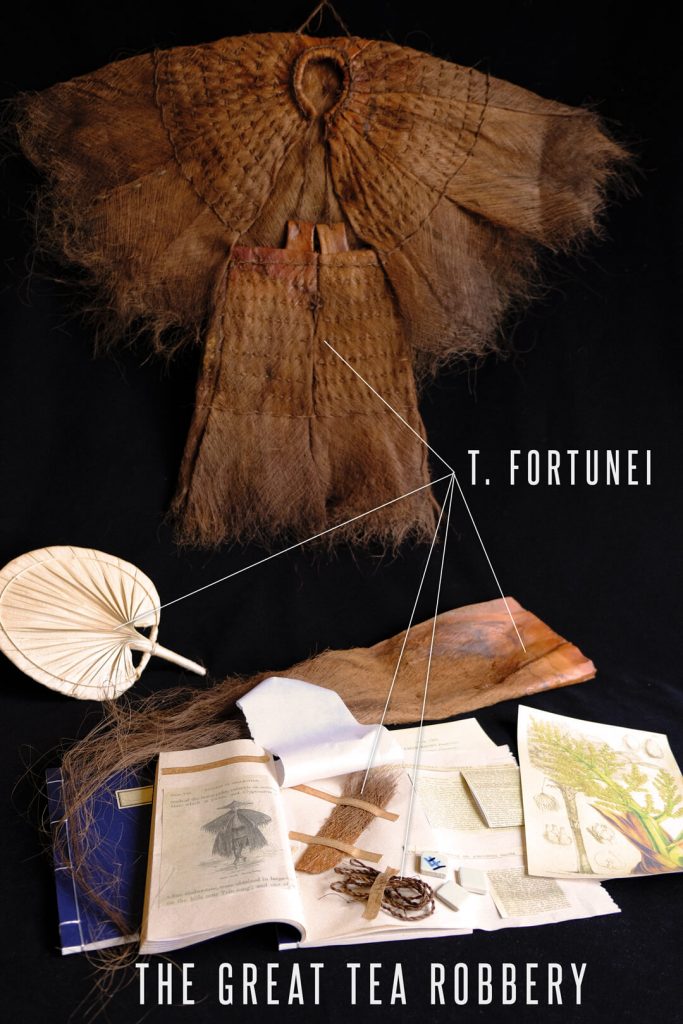
The Windmill Palm
Fortune mentioned the Chusan Palm in his books several times, accompanied by illustrations. These palms were utilized for crafting raincoats and sturdy ropes, which are still in use today (the ropes, not the raincoats). In Latin, the Windmill Palm tree was named Trachycarpus fortunei in honor of Robert Fortune.
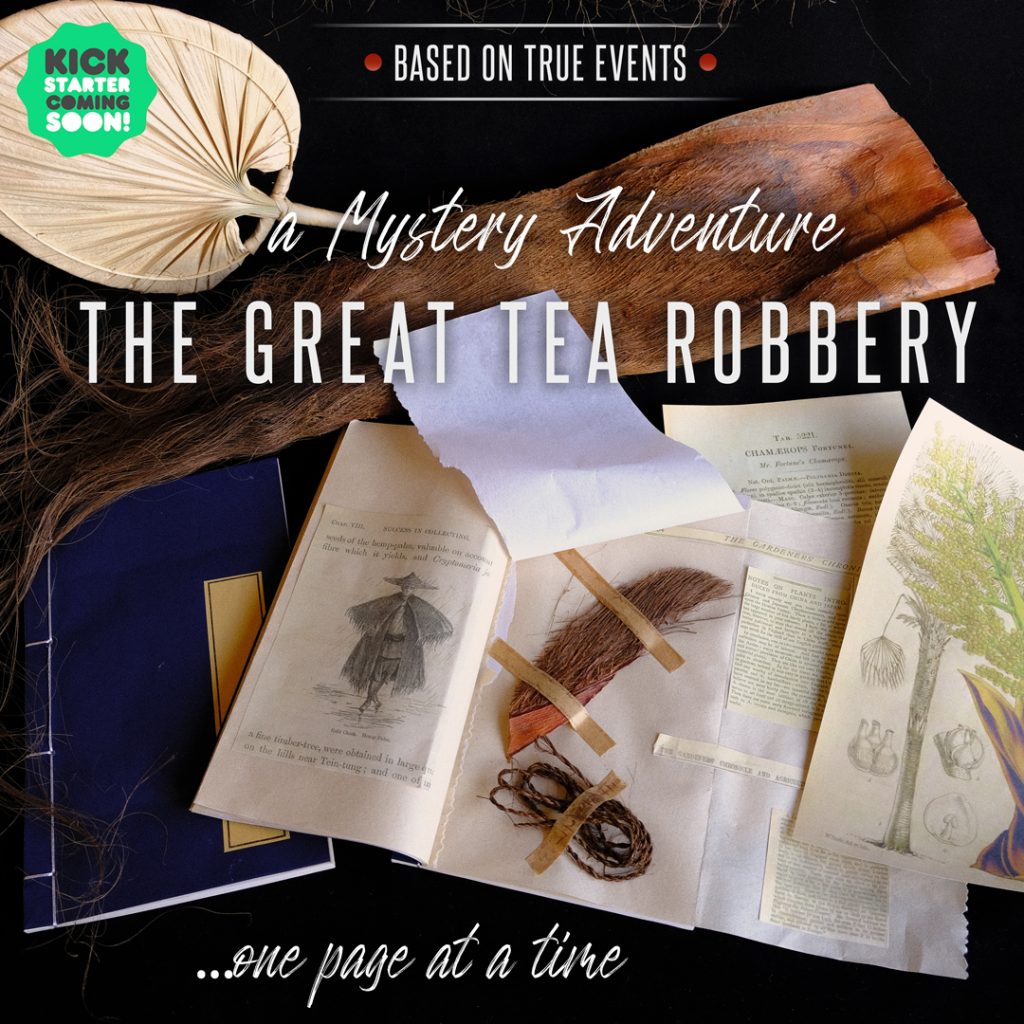
Seeds for the Queen
In a letter of correspondence published in the Gardener’s Chronicle in 1880, Fortune mentioned:
“I sent some plants to the late Sir William Hooker at Kew, and requested him to forward some to His Royal Highness the Prince Consort, at Osborne, in the Isle of Wight. These, I believe, have been thriving there since that time.”

Queen Victoria planted the seeds on her 32nd birthday, May 24, 1851, coinciding with the year of the Great Exhibition. In her journal, the Queen noted:
” I planted a palm tree in the centre of the lower terrace and then walked on round the pleasure grounds, the children running about and picking flowers.”
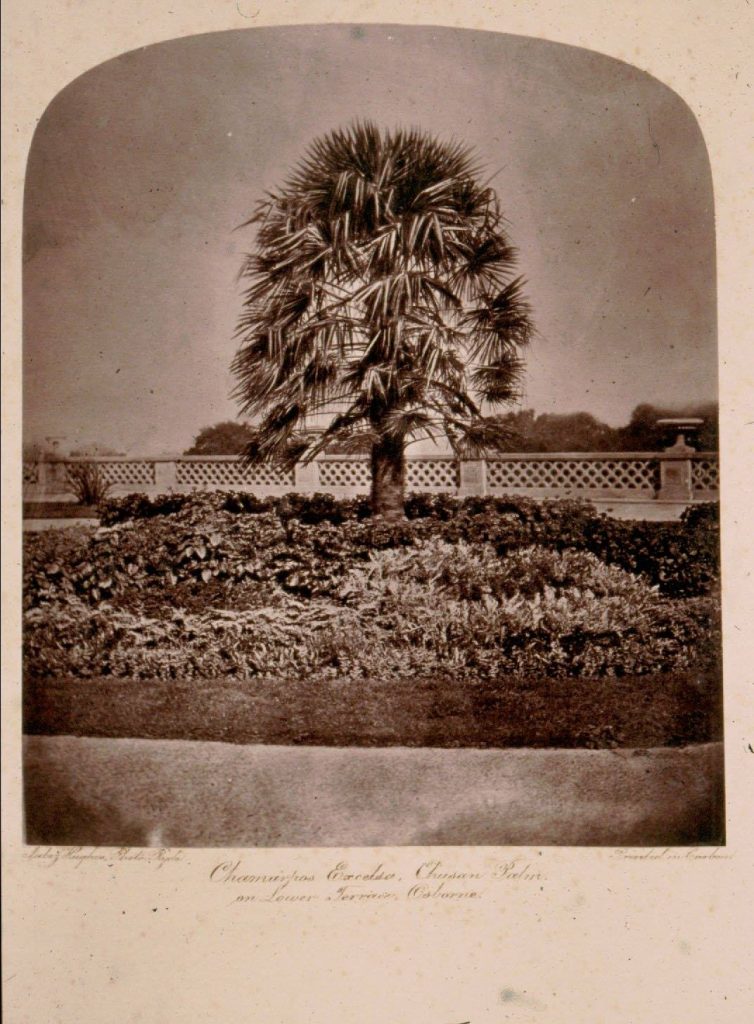

The tree thrived for over 150 years. However, in 2003, the tree perished. So, when Queen Elizabeth II visited the island in 2004, she planted a replacement tree. This new tree was propagated from seeds directly descended from the original tree that Queen Victoria had planted. These seeds had been offered by Robert Fortune to the Prince Consort and the Queen.
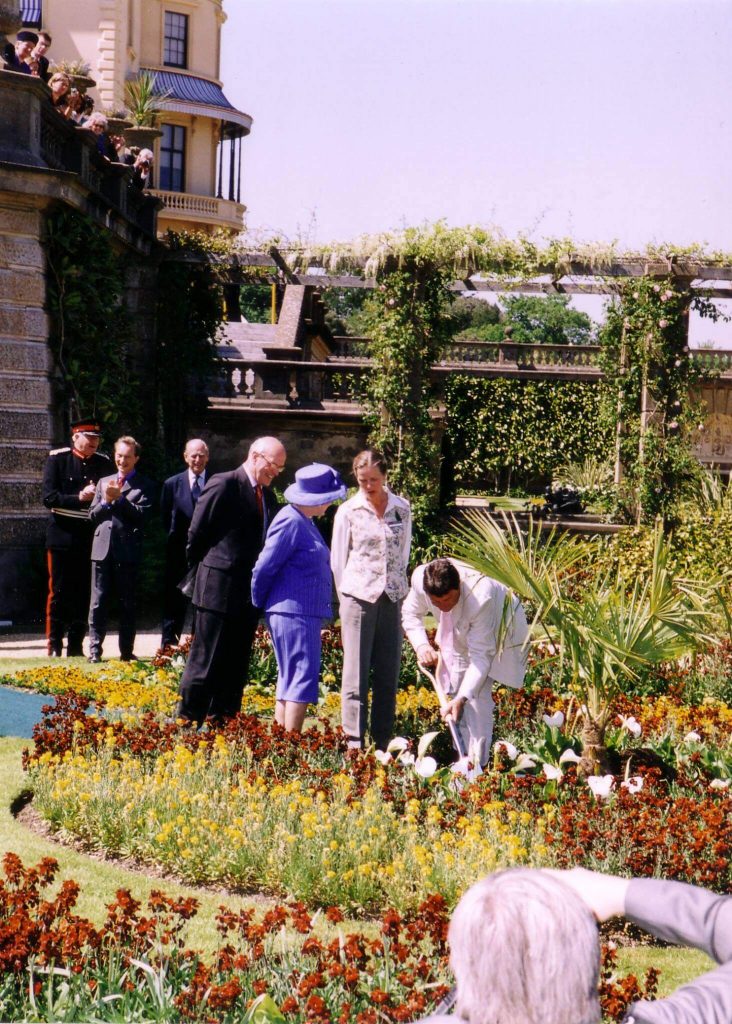
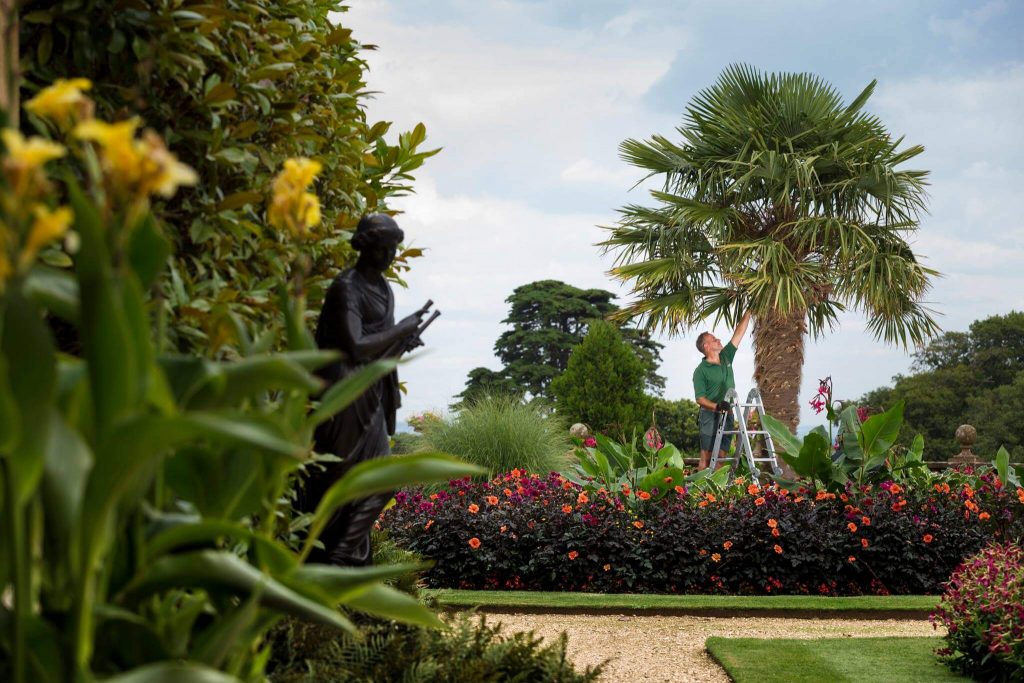
More information: Victoria’s Palm Garden
